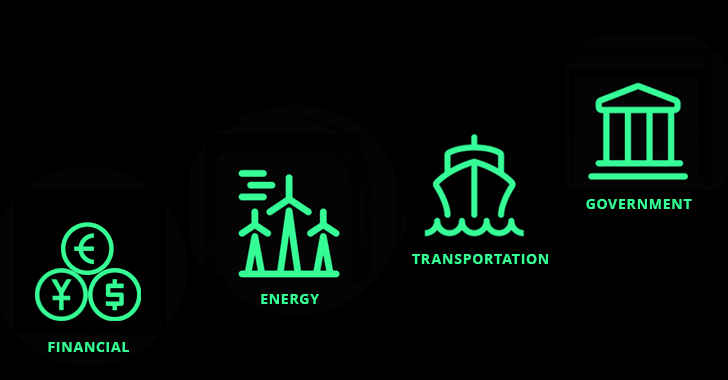As cyber threats continue to evolve in scale and sophistication, organizations across industries are reassessing their defensive posture. With attackers leveraging techniques such as encryption, lateral movement, and living-off-the-land to bypass traditional controls, many security teams struggle to detect breaches in time — let alone prove full remediation to auditors and regulators after the fact.
In response, Network Detection and Response (NDR) has become an essential layer in modern security architectures, particularly as threat actors seek to evade Endpoint Detection and Response (EDR) systems through non-standard protocols, unmanaged devices, or hybrid environments.
🏦 Financial Services: Combating Silent Threats to Data and Compliance
The financial sector, often a prime target for cybercrime, faces the dual challenge of protecting sensitive data while complying with strict regulations. Attackers typically seek to operate quietly — stealing data rather than disrupting operations.
NDR is being leveraged to:
- Detect unauthorized access to customer data during normal business hours
- Monitor high-frequency trading environments with passive, zero-latency solutions that don’t interfere with operations
- Comply with regulatory mandates (e.g., DORA, NIS2, FINRA) through continuous monitoring and forensic evidence preservation
NDR platforms provide visibility into encrypted exfiltration attempts and maintain immutable records that traditional EDR or SIEM tools may miss.
⚡ Energy & Utilities: Bridging the IT/OT Divide
The convergence of IT and OT in the energy sector has introduced unique vulnerabilities, especially in legacy systems not designed for modern cybersecurity. Recent attacks—such as those attributed to Volt Typhoon—have highlighted the risks to national infrastructure.
Key use cases include:
- Detecting reconnaissance activity against industrial control systems
- Monitoring IT/OT pivot points for lateral movement attempts
- Identifying protocol anomalies in SCADA and Modbus traffic
- Compensating for weak authentication practices (e.g., default passwords)
NDR provides passive monitoring of communications where endpoint agents are impractical or impossible, helping meet the requirements of regulators like FERC and NARUC.
🚛 Transportation: Safeguarding Connected Systems and Operations
As the transportation sector becomes increasingly digital, attackers are finding new ways to compromise fleet management, GPS navigation, and payment systems.
NDR enhances visibility by:
- Monitoring traffic between control centers and vehicles, aircraft, or ships
- Detecting navigation spoofing, unauthorized system access, or autopilot tampering
- Protecting passenger payment data and identifying anomalous database activity
- Preventing operational disruption in rail signaling or air traffic systems through early anomaly detection
The ability to detect subtle deviations in communication patterns helps transportation operators preempt physical safety risks.
🏛 Government: Tracking Persistent Threats and Enabling Zero Trust
Government agencies face persistent targeting from nation-state actors, making continuous monitoring and attribution critical.
NDR supports public sector missions by:
- Identifying long-term APT activity using baseline behavior analysis
- Supporting Zero Trust architectures, mandated under U.S. federal cybersecurity initiatives
- Providing forensic-level data for attribution and post-incident analysis
- Detecting lateral movement even when attackers use legitimate credentials and native tools
NDR fills critical gaps in environments where visibility must extend beyond endpoints and static log analysis.
🔁 Common Themes Across Sectors
Across all industries, NDR is gaining traction due to its ability to provide:
- Ground truth visibility of all network activity
- Agentless monitoring of legacy or proprietary systems
- Encrypted traffic insights, even without decryption
- A complementary role alongside EDR, SIEM, and other security tools
As cyber threats become more evasive and infrastructure more complex, NDR provides the foundational visibility that security teams need to detect, contain, and validate threats across the modern enterprise.
📌 SecurityX Insight:
Network-based visibility is no longer optional — it’s becoming a strategic necessity. For sectors defending critical infrastructure and sensitive data, NDR offers not just detection, but assurance: evidence for regulators, clarity for responders, and early warning for defenders. In a post-perimeter, post-signature world, the network remains one of the last defensible surfaces that attackers cannot easily erase or disguise.




Leave a Reply